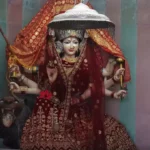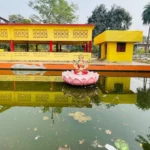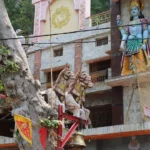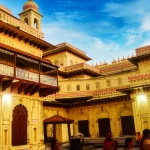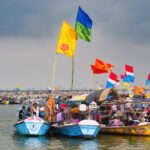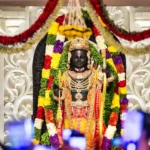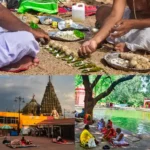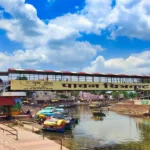Ram Mandir in Ayodhya evidence
On the site of the Babri Masjid, there is strong historical proof that a temple to Lord Rama once stood. The sanctuary is thought to have been built in the first century BCE by King Vikramaditya, who was the ancestor of King Rama. Legend says that the sanctuary was destroyed and rebuilt many times over the years, with the most recent version being built by King Harsha in the 10th century CE.
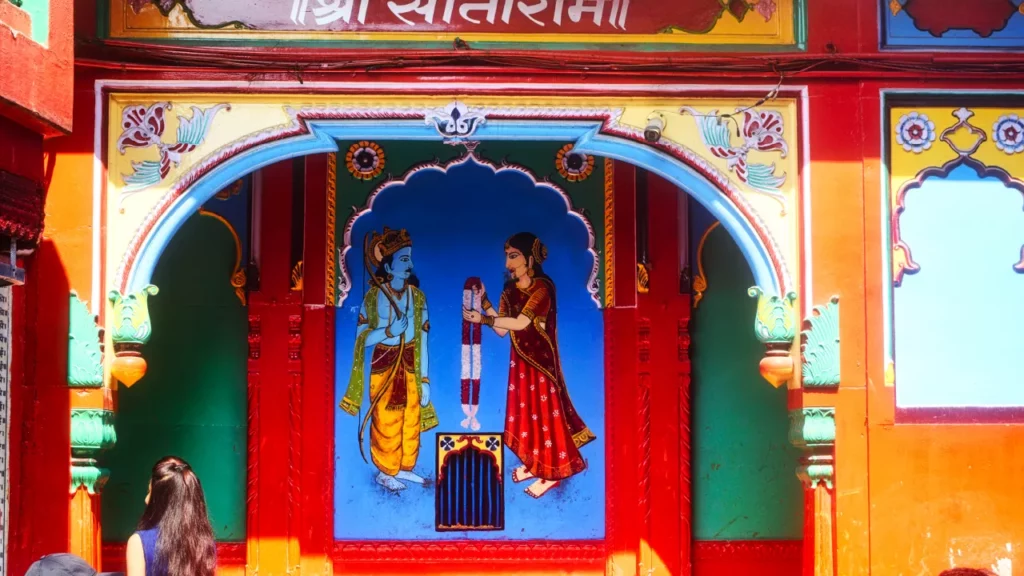
Babur ordered the building of the mosque in the 16th century, which is the first time the Babri Masjid was mentioned in writing. Some of the materials from the temple were used in the mosque, which was constructed on top of the temple’s ruins. The Babur-named mosque served as a site of worship for the local Muslims.
However, several bits of evidence imply that a Lord Rama temple once stood where the mosque now stands. The finding of a pillar with a Hindu inscription on the site in 1990 is one of the most convincing bits of proof. The inscription, which is from the 12th century, mentions a temple to Lord Rama that once existed on the spot.
The architecture of the mosque has several features that are typical of Hindu temples, which is proof. For instance, it is claimed that the mosque’s centre dome was constructed like the shikhara, or spire, of a Hindu temple. Additionally, the mosque features several pillars and carvings that are characteristic of Hindu temples.
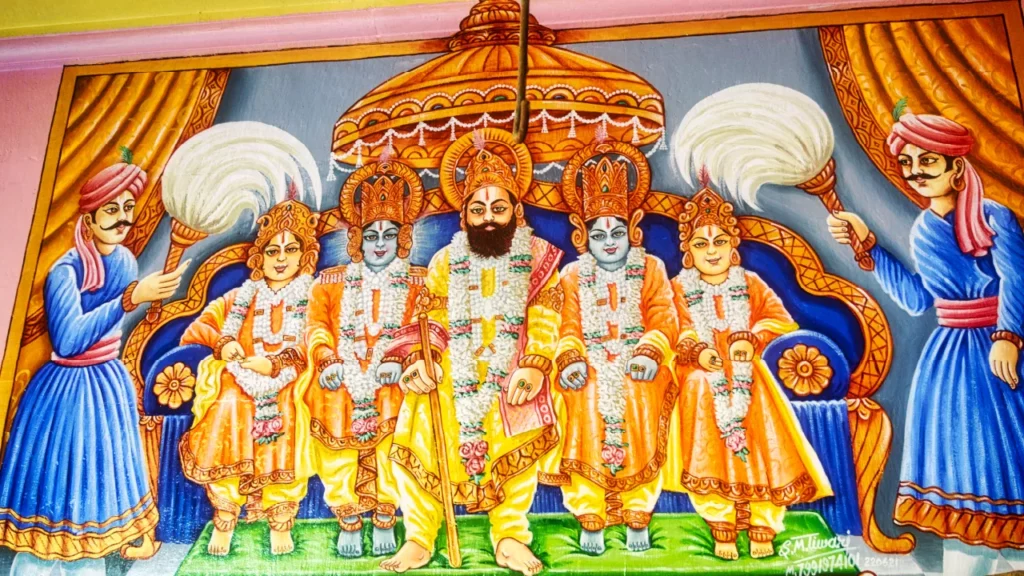
In addition to these other pieces of evidence, many historical records say the Babri Masjid was built on the site of a temple to Lord Rama. A British survey of the area from the 1800s talks about a temple called “Rama Janmasthan,” which means “birthplace of Rama.” Several other historical accounts, including those written by Muslims, also say that the land was home to a temple dedicated to Lord Rama.
In 2003, the Archaeological Survey of India (ASI) excavated the location and discovered signs of a sizable building that they thought might be the temple’s ruins. According to the ASI report, there was evidence of a large building that was “clearly different from a mosque,” and there were “pillar bases, decorated bricks, and carved architectural members” that suggested there might have been a temple on the property.
The presence of a temple honouring Lord Rama on the site of the Babri Masjid is supported by a large body of evidence, but the matter is still very contentious. The building of a temple there is seen as a desecration of a sacred site by many Muslims in India and throughout the globe. Others have criticised the temple’s building as a manifestation of Hindu nationalism and a cause of hostility between Hindus and Muslims in India.










